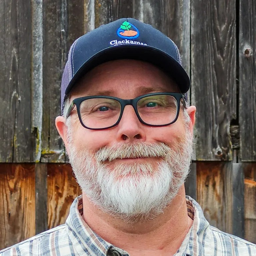Japanese Knotweed (Fallopia japonica) on Jul 30, 2013
Submitter does not have a specimen
EDRR Status: Local expert notified
Description of specimen
No description provided


Reporter
July 30, 2013, 3:51 a.m.
Thank you for reporting this infestation of knotweed. Japanese knotweed is a significant problem invader within Clackamas County. The Clackamas Soil and Water Conservation District is working with regional partners to map and catalog known infestations of knotweed to help prioritize future control efforts.
Unfortunately, the resources required to control this invader are limited in relation to the overall need. As such we must rely upon landowners to initiate control on property they own or manage. We currently offer technical information and assistance to local landowners to help them develop a management strategy that is effective for their particular site conditions and needs.
In the case of vacant landowners, getting effective control can be very difficult. The bright side of your situation is that you are likely to have a new landowner and a new opportunity to initiate better weed management practices on the property. So I would encourage you to talk with new neighbors after the property is sold.
In terms of the knotweed spreading, this species moves primarily by water and by human movement. At the upland location that you reported you are relatively unlikely to have it spread onto your property. It will spread by roots and rhizomes, but if it is not located near the fence line you are probably OK. The main thing to watch out for is if the patch is disturbed, or dug up and the soil is spread around the property. Then you will see the plant take off.
Please feel free to contact me if you have any additional questions. Also feel free to refer the new landowners for assistance in developing a management plan for their property. Below are also some online resources for more information on knotweed.
http://ir.library.oregonstate.edu/xmlui/bitstream/handle/1957/21809/em9031.pdf
http://your.kingcounty.gov/dnrp/library/water-and-land/weeds/BMPs/Knotweed-Control.pdf
http://www.imapinvasives.org/GIST/ESA/esapages/documnts/polycus.pdf
Again thank you for reporting this invader. All the best,
Sam
______________________________________
Samuel Leininger
WeedWise Program Manager
Clackamas Soil & Water Conservation District
221 Molalla Ave. Suite 102
Oregon City, OR 97045
503-210-6006
weeds@conservationdistrict.org
www.conservationdistrict.org
______________________________________
Samuel Leininger
July 30, 2013, 6:03 a.m.